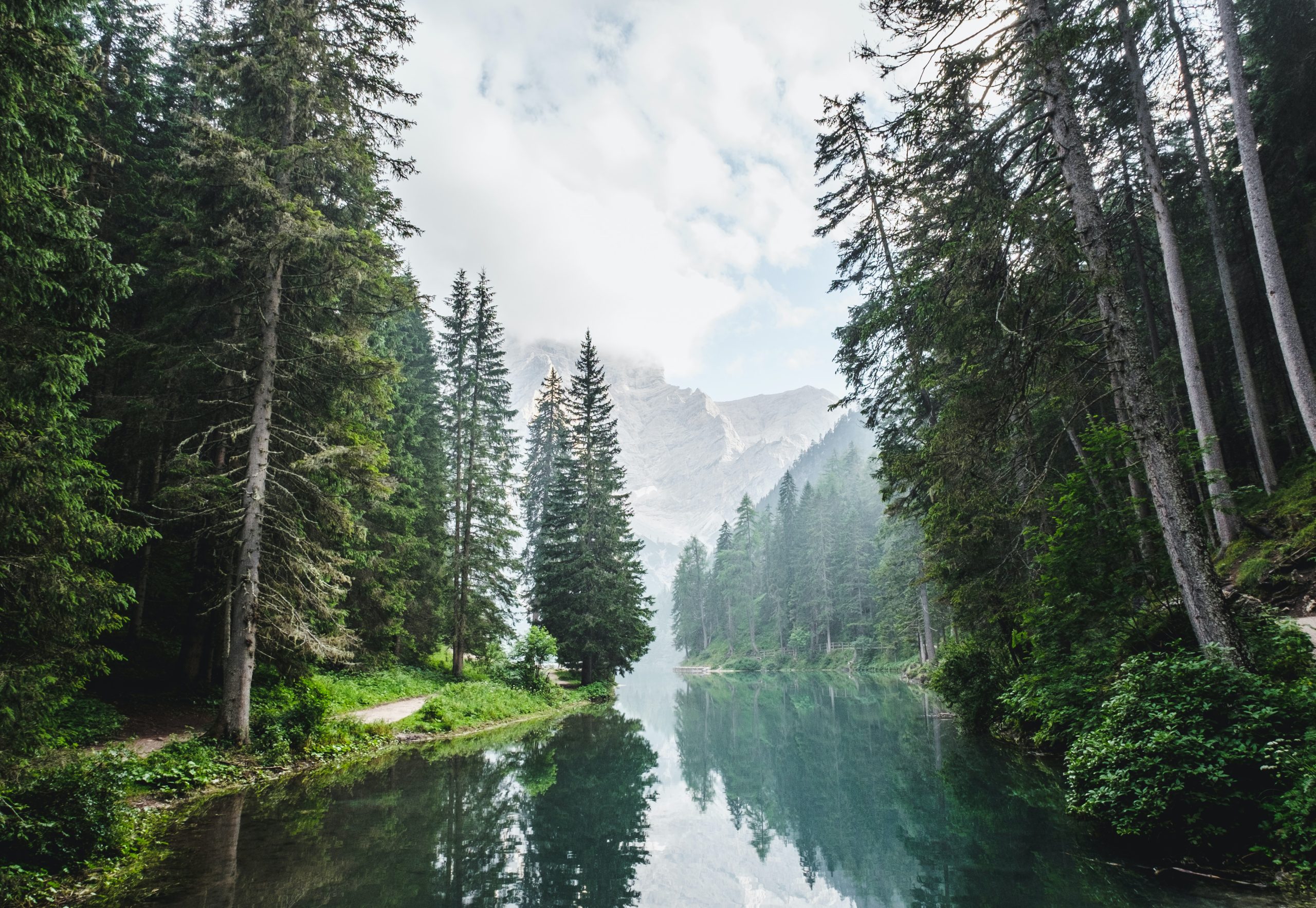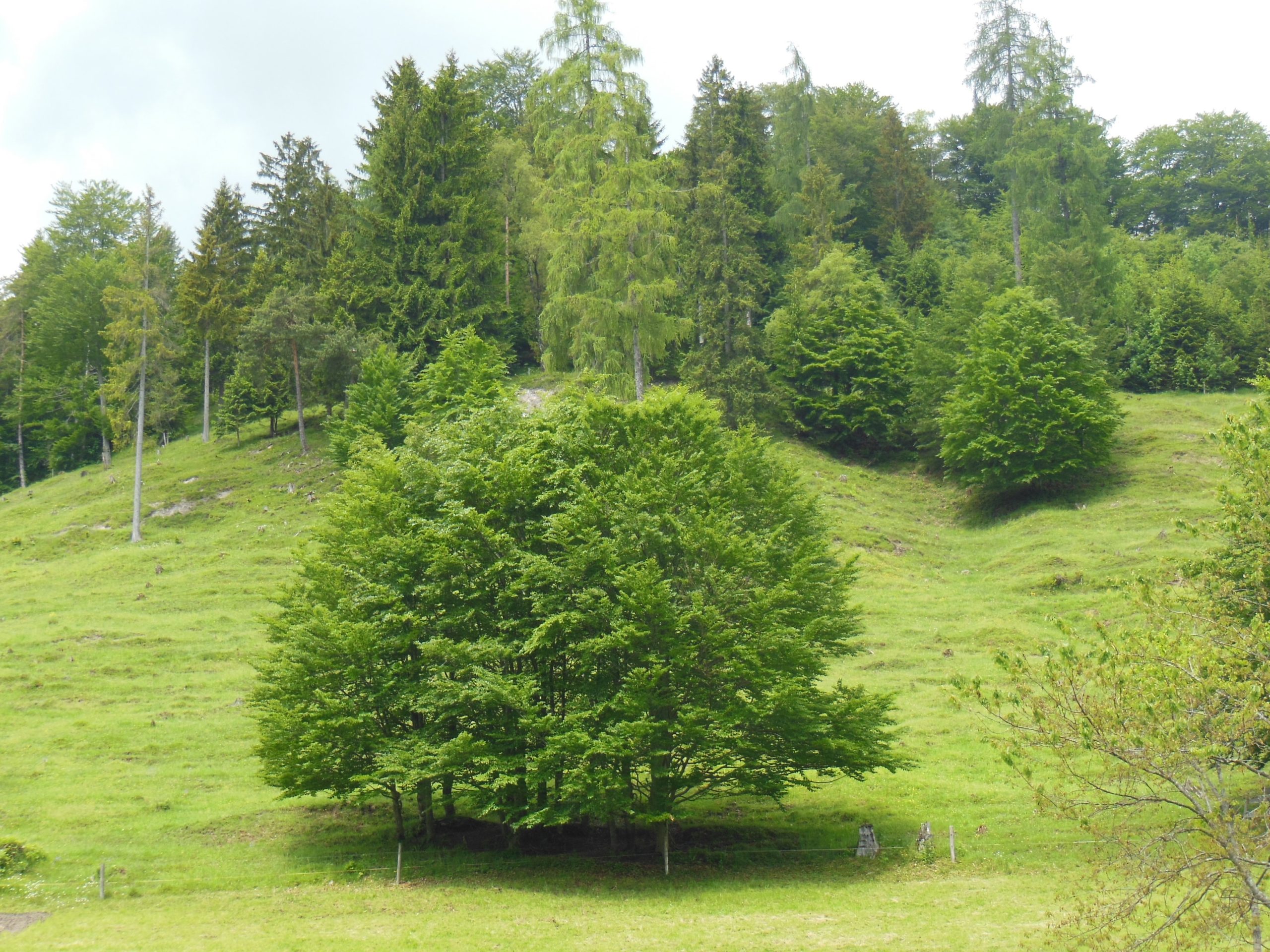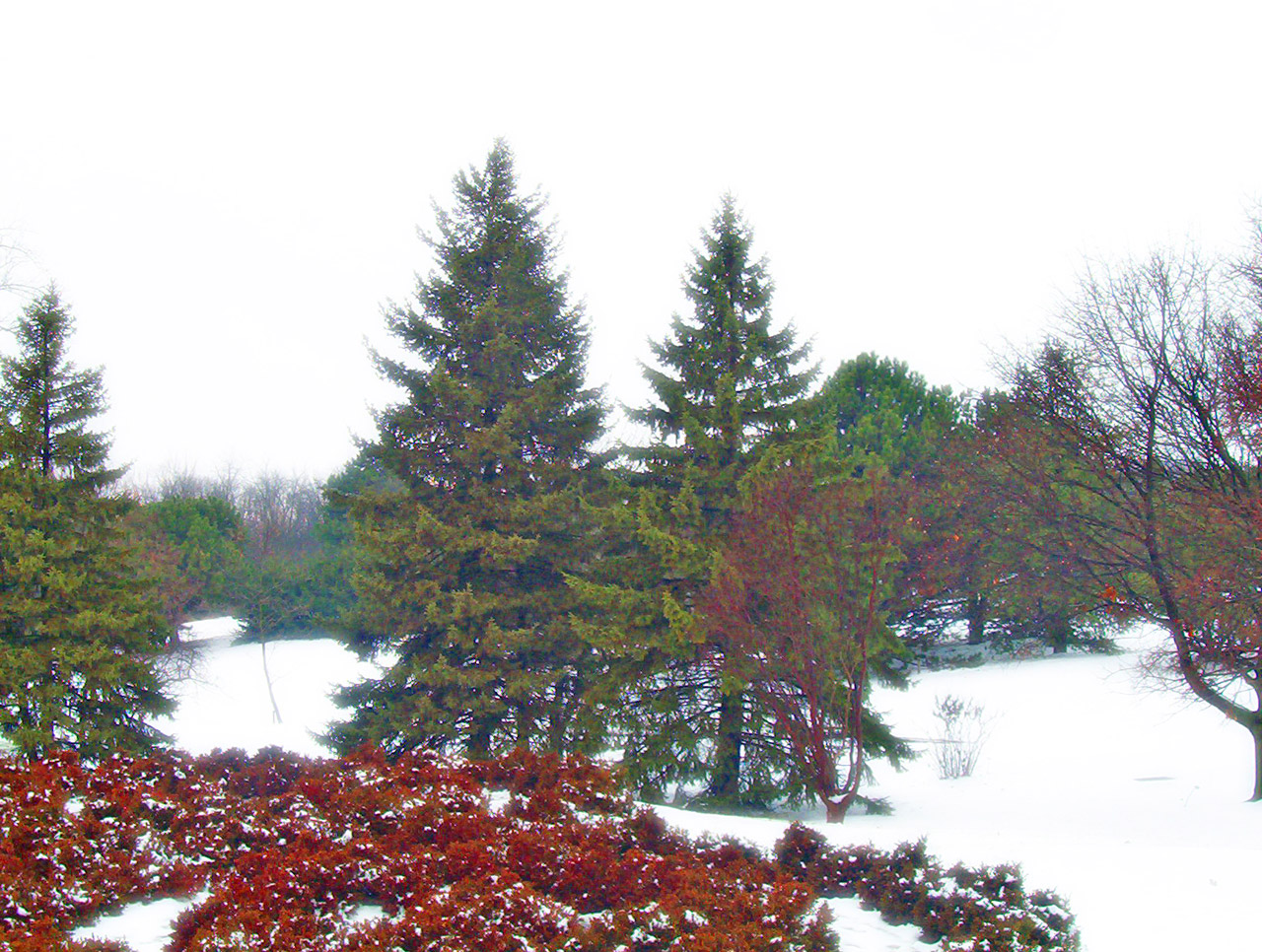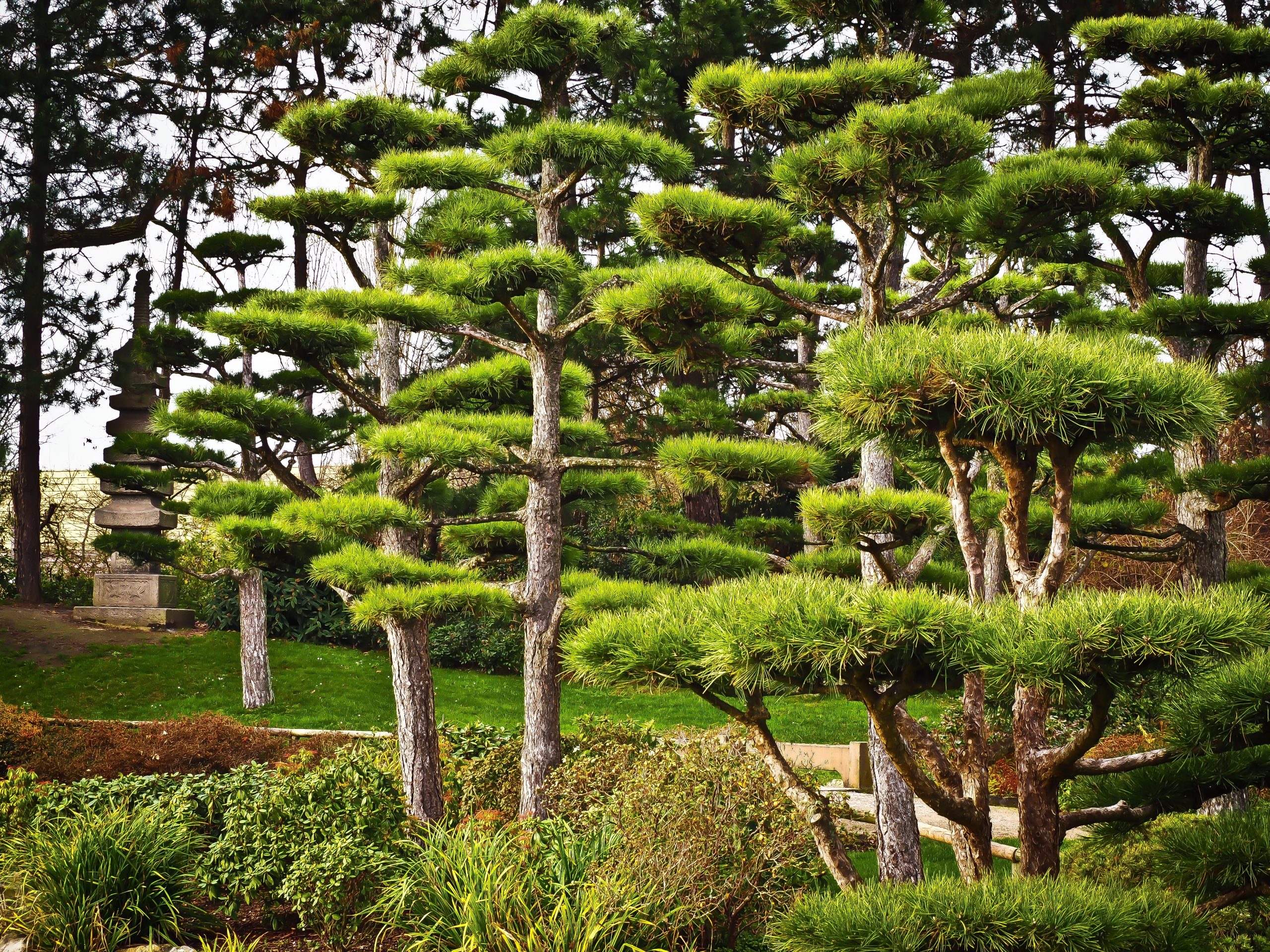Evergreen Trees: Do We Need Them in the City?

Evergreen trees and plants offer protection from wind and sun all year round. But they are difficult to care for.
Billboard
Skyscrapper
Halfpage
Evergreen trees and plants offer protection from wind and sun all year round. But they are difficult to care for. Read more about how evergreen plants are used in urban planning and landscape architecture here.
More biodiversity and variety with evergreen trees
Evergreen trees and plants have leaves all year round. They provide wind, sun, and privacy protection. Thanks to their colour, they also bring liveliness and variety to green spaces in winter. In addition, animals find protection from cold and predators when they use the dense foliage.
Round, trimmed, and evergreen trees are particularly popular in small gardens. These ornamental plants need regular pruning to stay in shape. In parks and larger green spaces, full-sized trees that offer a dense foliage or coniferous cover are more common. Many of them can also be planted as hedges.
Evergreen trees include the European holly, the wintergreen oak, and the evergreen magnolia. Among the plants, ivy, knotweed, winter jasmine, honeysuckle, bamboo, cherry laurel, and thuja keep their green all year round. In the garden season, evergreen trees are less conspicuous, but from late autumn onwards they show their qualities.
In landscape architecture, evergreen trees are popular because they provide soothing colour accents. They bring structure and liveliness to the garden or park and are very reliable. Planted in a dense row, they can provide an opaque evergreen hedge and offer privacy. And they are also good for biodiversity. For example, the European holly or ilex offers berries that are vital for birds until late in the winter.

Evergreen trees as climate saviours
Evergreen trees bear their foliage regardless of the season. Many plants replace the leaves regularly, whereby these fall out. However, this is less noticeable than with deciduous trees, for example, because new leaves or needles grow back. Trees that retain their leaves for at least one to two years are evergreen or perennial all year round. In addition to conifers, this also includes some deciduous trees. They are an eye-catcher in every season. They are popular design elements, especially in the city centre.
In addition to the visual advantages, evergreen trees also score points for producing even more oxygen than other trees. They provide an improved climate all year round, which is also particularly important in the city. And since they do not shed their leaves, there is less need for pavement cleaning. Ilex, wintergreen oaks and evergreen magnolias as well as European yew and Portuguese cherry laurel are good examples. The red loquat is also an evergreen tree.
In addition, evergreen trees can mitigate some of the effects of climate change: Strong winds and storms occur in more and more regions. If trees are planted in the right place, they can take up to 50 percent of the force of a storm. Since autumn and winter are typical seasons for storms, evergreen trees are the most successful species here. In addition, trees help to moderate the warmer temperatures in cities, as they act like an air conditioner with their evaporation.
Evergreen trees are demanding
Robust conifers are a simple way to plant evergreens and hedges. Evergreen perennials and shrubs, such as rhododendron or boxwood, are also available in large numbers and grow easily in this country. With deciduous trees, on the other hand, the variety of species is rather manageable. With appropriate care, they can survive well despite the climatic challenges.
As long as evergreen trees and plants are placed in a protected location, they have a good chance of a long life. They should be protected from cold easterly winds and direct midday sun. This is because sunny days with frozen ground are dangerous. In this situation, the trees can dry out because water continues to evaporate through their leaves, but the roots cannot absorb moisture from the soil. In addition, the dense foliage is more vulnerable to winter storms and snow than bare deciduous trees. Accordingly, evergreen trees and plants need a suitable place.
In autumn, the ground around the tree should be well covered with autumn leaves to protect against frost and evaporating moisture. It is best to water the trees on frost-free winter days. Thin layers of snow are harmless, but heavy wet snow leads to more work. This is because it is easy for branches to break under the heavy weight.

Increasing the life expectancy of trees in the city
Especially in cities and in areas where many storms and strong winds are to be expected, evergreen trees offer many advantages. At the same time, the site conditions for trees in cities are often suboptimal anyway. The certain demands of evergreen trees are then even more difficult to fulfil. The limited space in the city therefore often goes to the same species that are easier to maintain, such as lime trees or horse chestnuts.
These challenges argue for putting more research and money into urban “trees of the future”. After all, trees have the potential to mitigate climate change impacts and at the same time increase the quality of life. However, they need expertise. Planting planning is above all a local matter that requires experience and knowledge of the conditions of the respective site and of the soil and weather conditions.
An optimal tree location in the city consists above all of sufficient space, which is a difficulty in view of the increasing densification of cities. 12 cubic metres of root space is a minimum value for trees. If a tree does not have sufficient space, it will become senile after a few decades, form shorter shoots and deadwood, and be more susceptible to disease. This significantly reduces its life expectancy: on average, trees in the city live only 20 percent of their life, which is far too little considering the effort involved.

Sustainable care of trees in the city
Trees provide shade for people, buildings, and surfaces. They reduce the city’s heat radiation, filter dust and pollutants, and serve as protection against heat islands as well as storms and strong winds. They also contribute significantly to biodiversity and are a valuable habitat. So it is no surprise that planting trees is a popular, positive and also high-profile way of demonstrating commitment to the environment. And evergreen trees offer these benefits all year round.
It is important to note that trees can fulfil their full potential in the city. If they do not, many potential benefits are lost. Sometimes this is even “greenwashing”. However, it is often simply improved that trees need sufficient space – and water – to fulfil their important ecosystem services. Large trees need up to 400 litres of water a day on hot days. This amount must be available in the soil or supplied externally. And young trees also need a lot of water to grow well. Therefore, sufficient watering of trees is a sustainable and effective climate adaptation measure.
Urban planners should therefore not only support the planning and planting of trees, but also the maintenance of their development for at least three years. Increasing heat and drought periods, staff shortages in many municipalities and the sustainable procurement of young trees are other important factors. Experienced and creative experts should know the potential of evergreen and other trees and use them accordingly in the city.
Read more: In 2018, topos published an issue all about trees. Or have a look at this article about green roofs.












